Order by 23rd Dec 5pm for Pre-Xmas Delivery
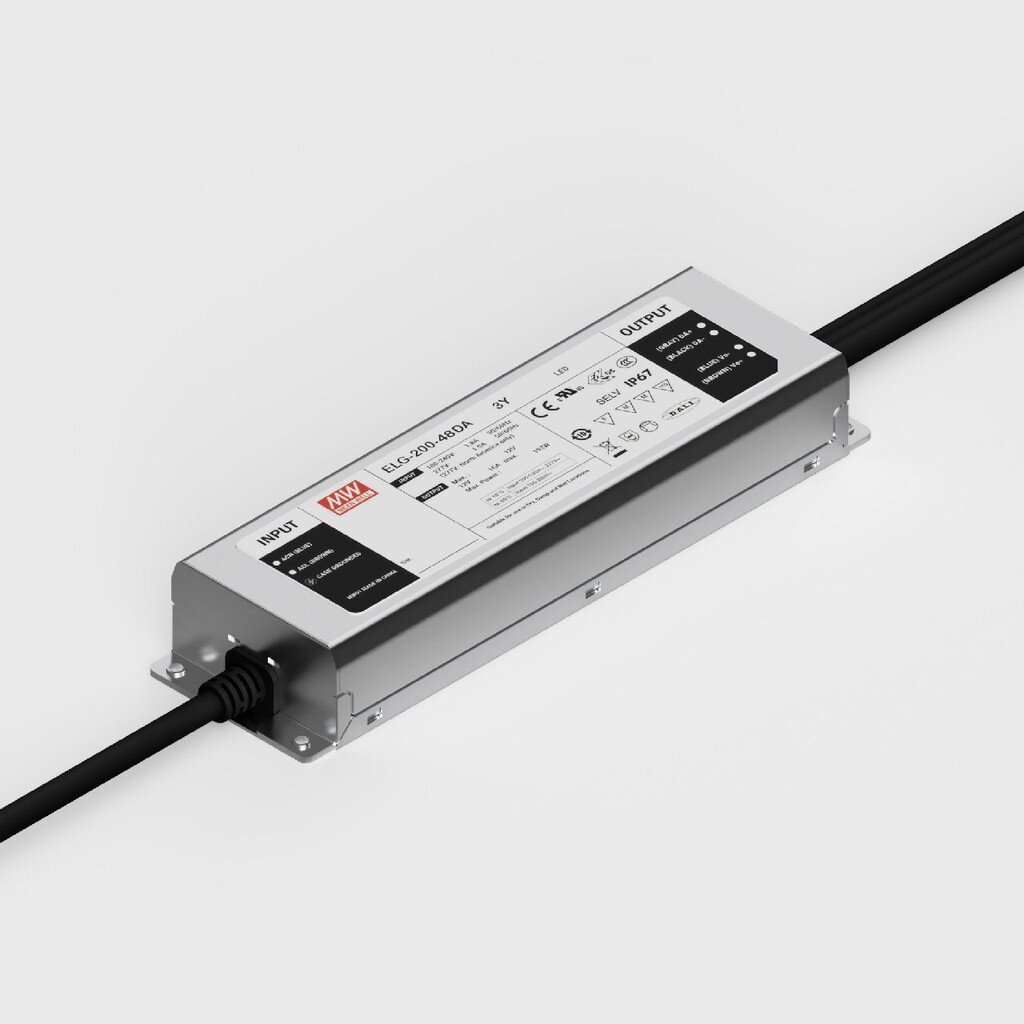
A Guide To DALI Lighting
As the industry-standard protocol for smart lighting control systems, DALI has redefined how we approach lighting design and management.
From large office buildings and retail environments to museums, hotels, and even outdoor spaces, DALI has been used in installations the world over due to its flexibility and sheer power in delivering precise, dynamic control.
This guide covers the core features of DALI, how it compares to DMX, and what professionals need to know about setup, wiring, and system configuration.
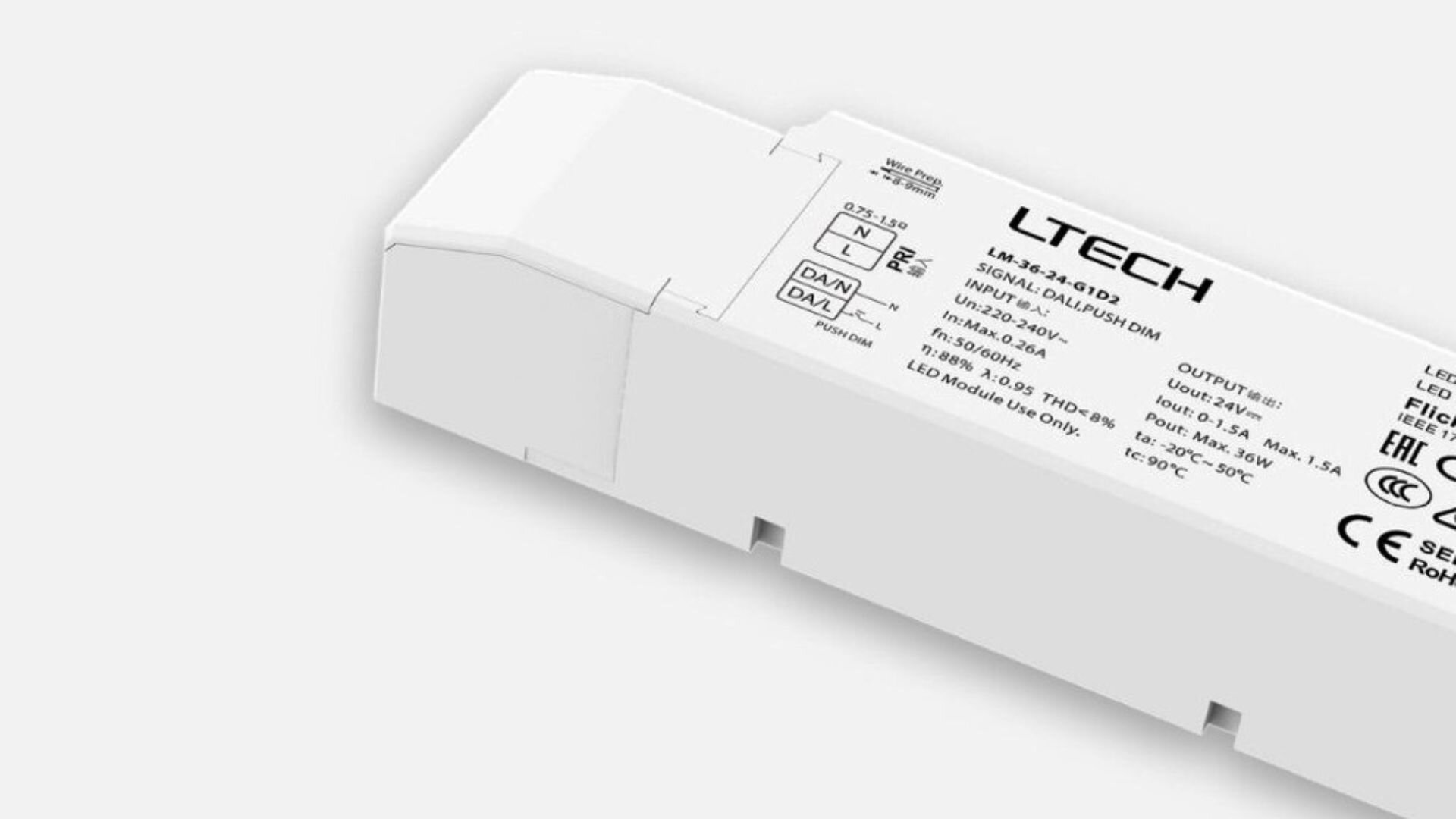
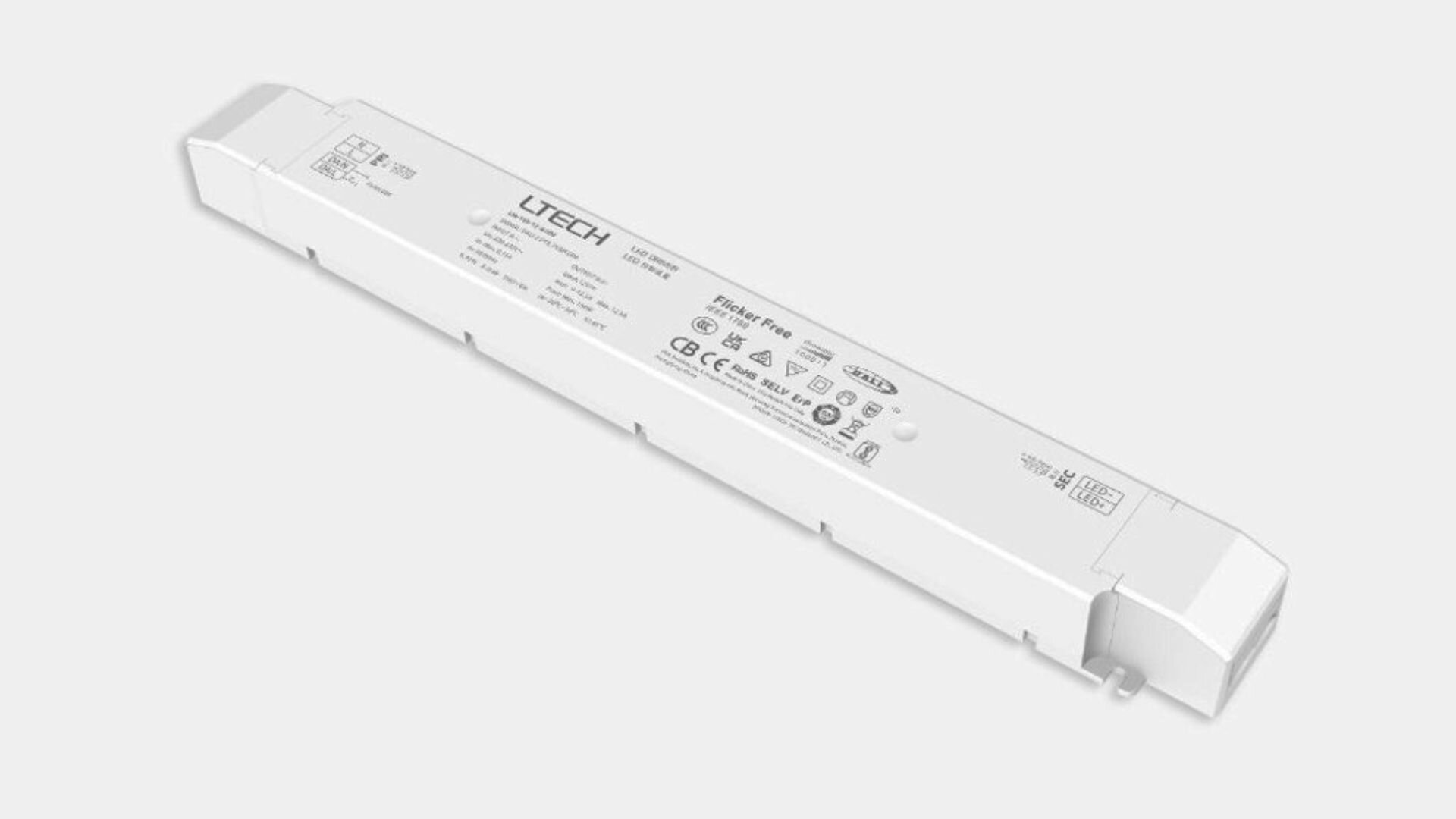
What Is DALI? How It Works and Why It’s Used in Commercial Lighting
DALI (Digital Addressable Lighting Interface) is an internationally recognised protocol for digital lighting control, defined by IEC 62386. Originally developed to overcome the limitations of analogue systems, DALI became the international standard in 2002. It is an open protocol, meaning any manufacturer can implement it.
DALI supports two-way communication between control gear and controllers, such as LED drivers, dimmers, sensors, and switches. This enables real-time control and monitoring, including feedback on device status, fault reporting, and energy usage data.
Each luminaire is assigned a unique address within the DALI bus, allowing for individual or grouped control without the need for additional wiring. This makes DALI suitable for installations where zoning or scene control is required.
DALI-2, the latest version, improves interoperability between manufacturers by requiring DALI Alliance certification for all components. This ensures consistent communication across input and control devices and simplifies integration into wider building systems.
DALI is commonly used in:
- Residential projects that require energy-efficient and programmable lighting control
- Commercial buildings such as offices and hotels with occupancy-based or time-scheduled lighting automation
- Public spaces including galleries and museums where light levels need to be accurately managed
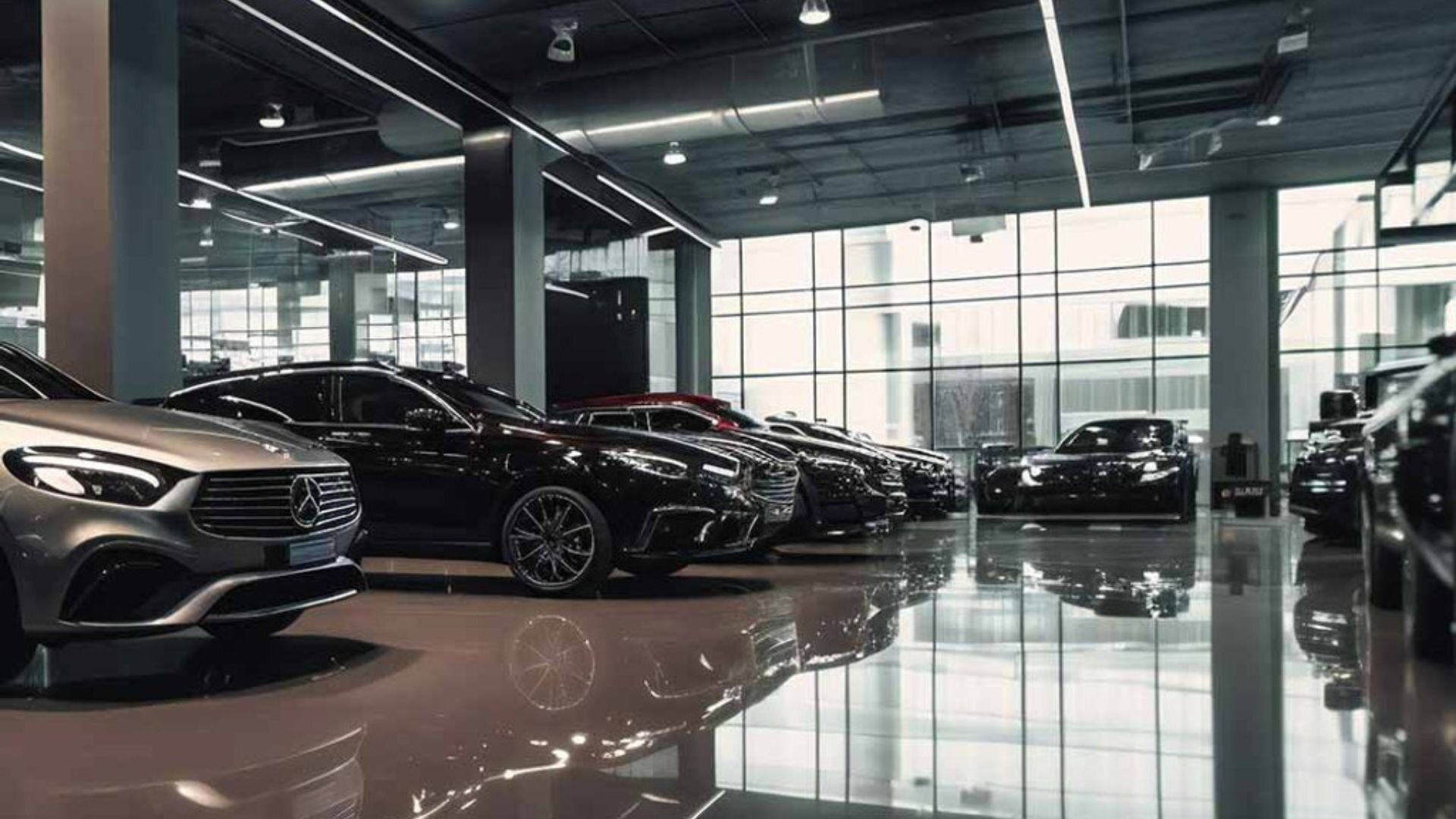
DALI vs DMX – Choosing the Right Lighting Control System
When specifying a lighting control system, two commonly used protocols are DALI (Digital Addressable Lighting Interface) and DMX (Digital Multiplex). Both enable digital lighting control but are designed for different use cases.
DMX
- Protocol Type: High-speed lighting control for entertainment and event environments
- Data Transmission: Real-time updates using high-frequency signals
- Scalability: Requires a central controller; expansion can be complex
- Integration: Can connect with DALI using a protocol interface
DALI
- Protocol Type: Scene-based control for architectural and commercial settings
- Data Transmission: Lower-frequency signals for gradual transitions
- Scalability: Modular and easily expanded across large installations
- Integration: Compatible with DMX through interface devices
DMX is typically used in performance spaces, including theatres, venues, and architectural features where precise timing and colour effects are critical. For example, DMX was used in the production of Titaníque at the Criterion Theatre, where Ultra LEDs’ solutions supported real-time lighting changes.
DALI is more suitable for building-integrated applications where lighting must be energy-efficient, programmable, and part of a larger automation system.
In some projects, combining both systems offers the most flexibility. This can be achieved using a DALI-to-DMX converter to integrate the strengths of each protocol.
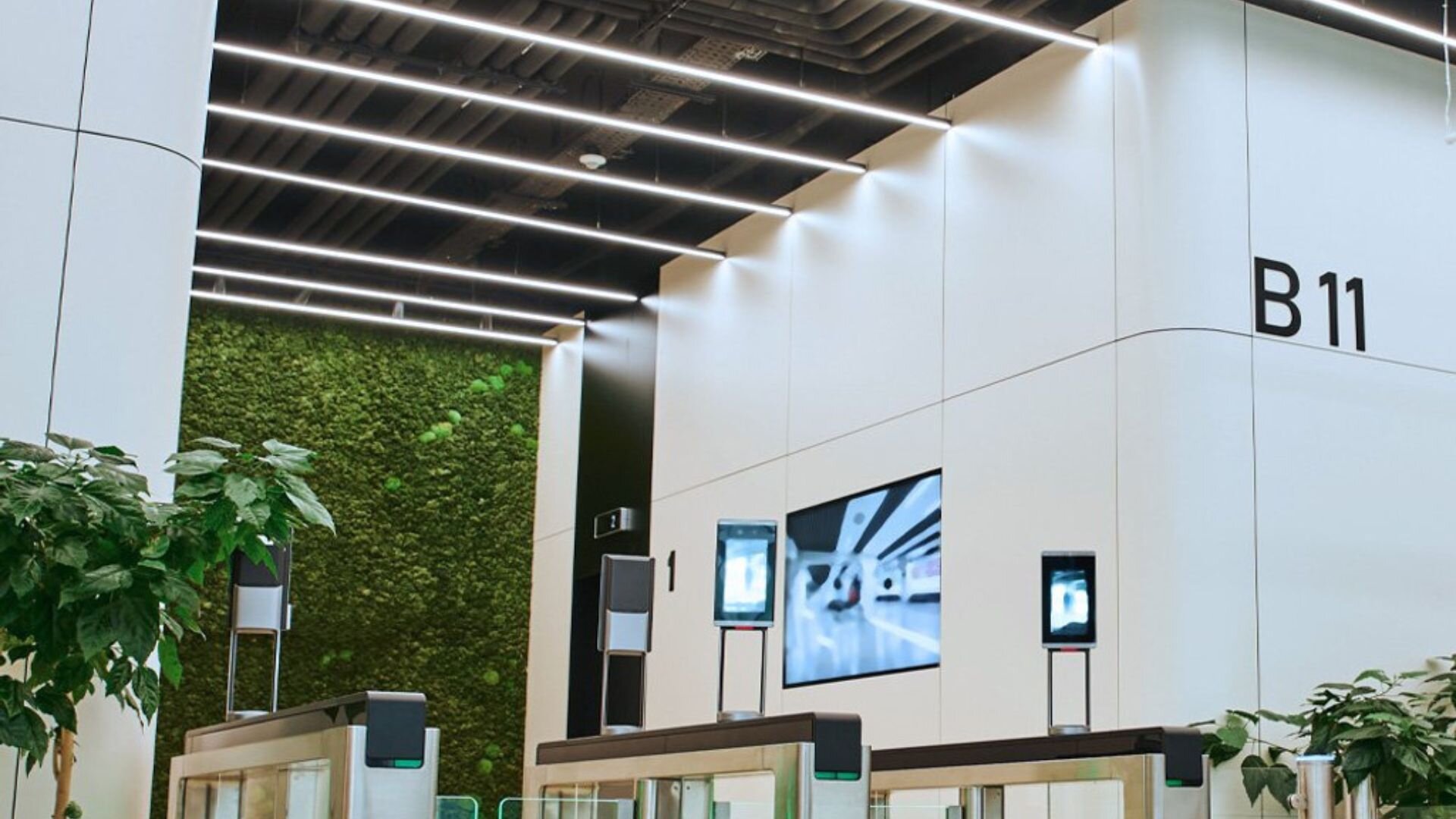
Key Features Of DALI
DALI offers a range of technical features that support flexible, scalable lighting control. These functions make it well-suited for commercial, residential, and architectural installations.
Addressable Control
Each luminaire on a DALI network is assigned a unique digital address, allowing it to be individually controlled or grouped with others. Up to 16 groups and 16 scenes can be configured per bus, enabling precise zoning without additional wiring. These functions are supported by modern DALI-compatible LED drivers as standard.
Scene and Zone Control
DALI supports scene-based programming to create tailored lighting environments. Scenes can be activated via a single input and configured to respond to:
- Occupancy detection
- Time-based requirements
- Energy-saving priorities
Two-Way Communication
DALI systems enable devices to provide feedback, including fault status and energy usage data. This supports predictive maintenance and helps maintain system reliability over time.
Scalability and Integration
A standard DALI bus supports up to 64 devices. DALI-2 supports 128 devices: 64 control gears and 64 control devices. For larger projects, multiple buses can be networked using DALI routers.
DALI also integrates with building management systems (BMS) via gateway devices, making it suitable for both standalone control and centralised automation environments.
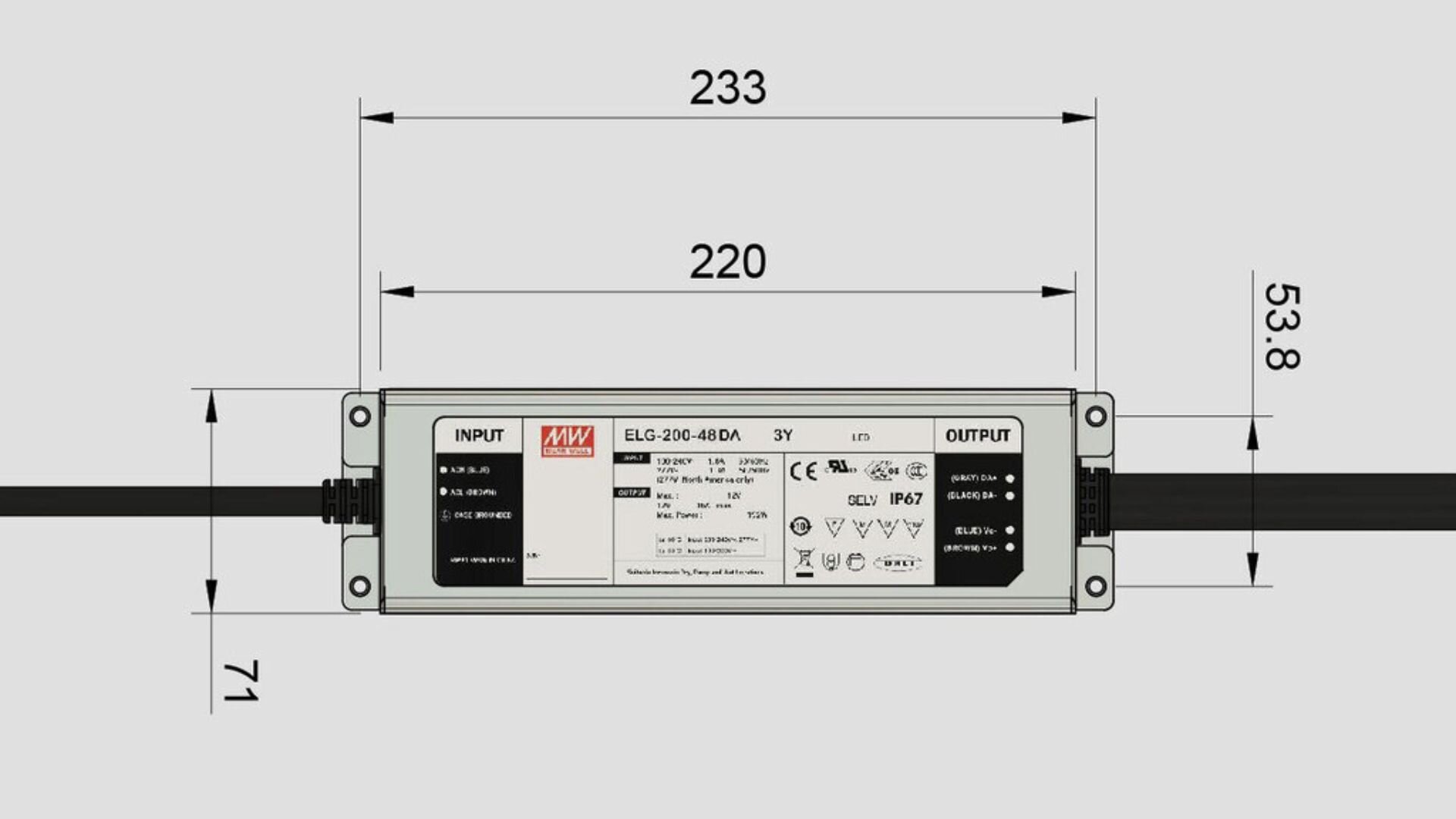
DALI System Installation and Configuration – What Installers Need to Know
Setting up and configuring a DALI system involves several key steps. From device addressing to commissioning, the following outlines what’s required for a functional, scalable lighting control setup.
Components of a DALI System
A typical system includes:
- DALI controller – The central control unit that manages signals across the network
- DALI LED drivers – Control gear for powering individual luminaires. For example:
- LTECH 24V 240W Constant Voltage Driver (IP20) – suited to large installations
- LTECH 24V 75W Driver – a mid-sized option for commercial use
- LTECH 24V 36W Driver – compact driver for small-scale systems
- Addressable luminaires – Fixtures equipped with DALI-compatible drivers
- Sensors and switches – Input devices used for triggering programmed scenes or changes
- DALI bus power supply – Supplies low-voltage power to the DALI bus
Addressing and Grouping
Each device is assigned a short address (0–63) using either a DALI controller or commissioning software. Once addressed, devices can be grouped and assigned to scenes without physical rewiring. Grouping can be managed via controllers, commissioning tools, or input devices.
Wiring and Bus Topology
DALI communication uses a dedicated two-wire bus, separate from the mains (LNE) supply. The wiring is polarity-free, which simplifies installation and minimises error risk.
Commissioning and Programming
Commissioning is required to unlock full functionality. While basic signals (e.g., on/off) will work out of the box, grouping, dimming, and scene control require a commissioning tool.
Commissioning tasks include:
- Assigning addresses
- Creating groups
- Programming control behaviours (e.g., dim levels, scenes)
Settings are stored in non-volatile memory, allowing them to persist even after a power cut. Many newer DALI devices support NFC commissioning, simplifying this process.
Integration with BMS
DALI can be integrated into building management systems using a compatible gateway. Some BMS platforms support DALI natively; others require protocol translation.
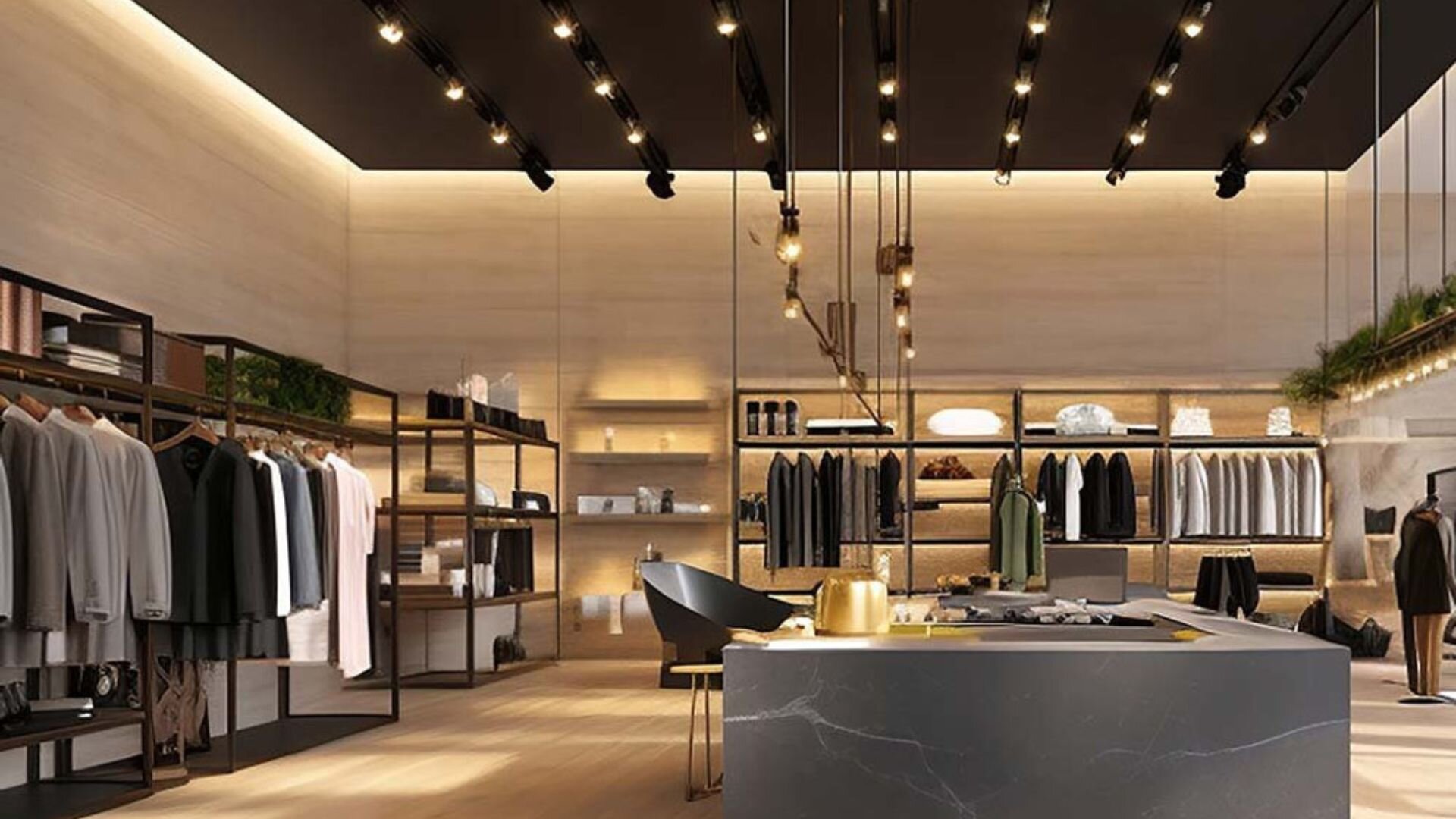
DALI System Considerations – What Installers Need to Know
When installing a DALI system, several key factors can affect performance, compatibility, and scalability. These considerations are essential for avoiding issues during setup and long-term use.
Device Limit Per Bus
Each DALI bus supports up to 64 devices. For DALI-2, this includes 64 control gears and 64 control devices (totaling 128). For larger projects, multiple buses must be coordinated via DALI routers.
Latency vs. DMX
DMX is known for near-instantaneous control, making it ideal for entertainment and fast-paced environments. DALI has a slightly slower latency, which is more suitable for gradual changes in architectural or commercial lighting.
Compatibility Between Devices
DALI-1 and DALI-2 devices may not be fully interoperable. Mixing products from different manufacturers can introduce issues, especially if device types or firmware versions vary. Check for DALI Alliance certification to ensure consistency.
It’s also important to identify device types:
- DT-6 for single-channel dimming
- DT-8 for tunable white and colour control
Confirm that drivers and luminaires are compatible, and that all control devices are DALI-2 certified where required.
Initial Setup Complexity
DALI systems require more technical setup than traditional dimming, particularly in large-scale installations involving multiple buses. While the initial setup can be time-consuming, the long-term benefits include centralised control, zoning flexibility, and integration with wider automation systems.

FAQs – Common Questions About DALI
Can DALI and DMX be used together?
Yes. DALI and DMX can be integrated using a protocol converter (e.g. DMX-to-DALI interface), allowing both systems to work within the same installation.
How many devices can a DALI system support?
A single DALI bus can control up to 64 devices. DALI-2 extends this to 64 control gears and 64 input/control devices (128 total). Larger installations can scale further using DALI routers to network multiple buses.
Is DALI better than DMX?
DALI and DMX serve different purposes. DALI is designed for building automation and commercial control, offering monitoring and integration with BMS platforms. DMX is more suitable for performance, architectural display, and entertainment lighting where real-time control and synchronisation are essential.
What are the main benefits of using DALI?
- Two-way communication for monitoring and fault detection
- Polarity-free wiring for simplified installation
- Scalable networks using routers and scenes
- Programmable lighting behaviour (e.g. dimming, zoning, occupancy-based changes)
- Integration with BMS platforms for centralised control
Ultra LEDs offers a wide range of DALI-compatible drivers and components, including high-power constant voltage units from EU Chips and LTECH, supported by in-house technical expertise for specification and installation.
Get in touch with Ultra LEDs today
Ultra LEDs supplies DALI-compatible constant voltage LED drivers, interface devices, and accessories — supporting scalable installations across commercial and architectural projects.





